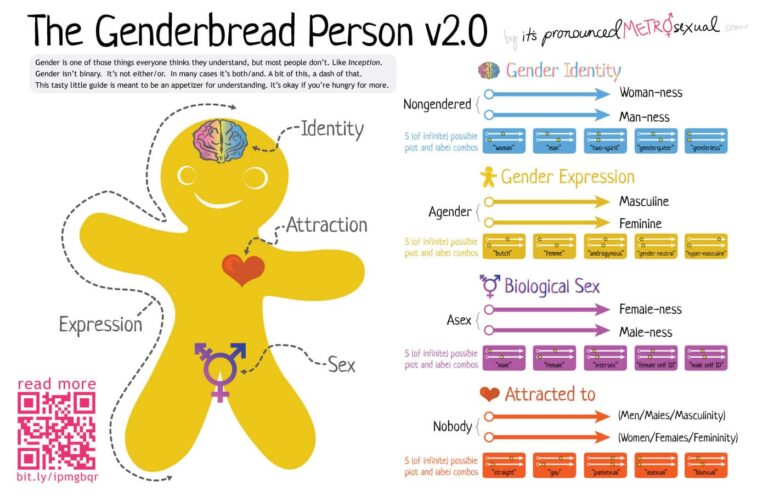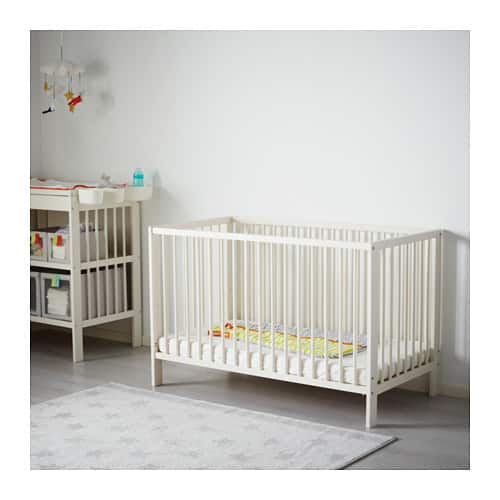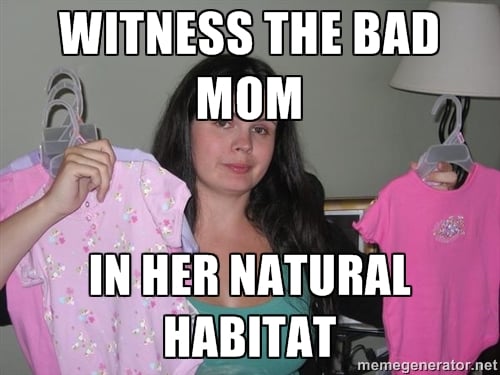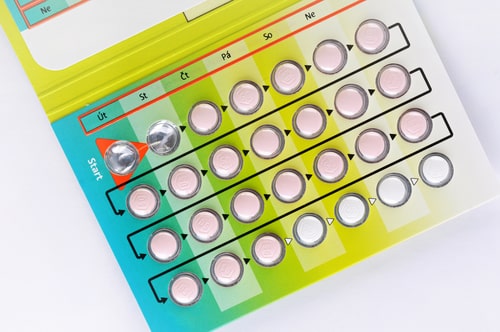Lay Off The Pink/Blue Nurseries, Folks!
 I’m not exactly what you’d call a gender warrior. I revel in being female and love that women and men were given different biology with different purposes. I think it’s a feature, not a bug. On the other hand, I tend to dislike that idea that femininity is all about pink! and girl talk! and spending 1.4 hours getting ready before leaving the house! (Lo siento to all my pink-loving, hair-blow-dryering ladies.)
I’m not exactly what you’d call a gender warrior. I revel in being female and love that women and men were given different biology with different purposes. I think it’s a feature, not a bug. On the other hand, I tend to dislike that idea that femininity is all about pink! and girl talk! and spending 1.4 hours getting ready before leaving the house! (Lo siento to all my pink-loving, hair-blow-dryering ladies.)
In general, we ladies carry the babies in our bodies and nurse them after they’re born. Across history on into the present, as a result, women have gotten to be good at certain things around those issues. I’m cool with that. Heck, I love it. Again, I think it’s cool that women tend to excel at developing, maintaining and fixing relationships and making our homes welcoming places.
But girly pink frilly stuff? Ugh. So when we found out we were going to have a girl (something I’d prayed for for decades by that point), my husband and I thankfully agreed that we weren’t into this “pink it up” method of decorating and dressing one’s child. I have nothing inherently against the color pink. It’s just the crude way it can be used as a substitute for actual female expression. And, you know, the overuse. It’s the overuse. Can’t stand it.
So we got our baby clothes in yellow and greens — we figured we could keep passing clothes down to subsequent children who may not be girls — and this even meant we explicitly got our girls “boy” pajamas. Because, you know, boys like dinosaurs and trucks while girls like hearts and butterflies! (Guess what! My girls like ’em all!)
Anyway, here’s an interesting tidbit about this from The Telegraph:
Boys also start avoiding anything pink at around the same age, and by two-and-a-half there is a ”significant” difference in their colour choices.
Academics believe the findings suggest that babies are not biologically programmed to prefer particular colours, nor do they start to like them from a very early age.
Instead, toddlers become ”gender detectives” and as soon as they can understand whether they are either a boy or a girl, they look for ways to conform to the appropriate stereotype.
Vanessa LoBue, from Rutgers University, and Judy DeLoache, of the University of Virginia, conclude: ”The current findings demonstrate that young girls do indeed have a special affinity for the colour pink that appears sometime in the second half of the second year.
”Furthermore, while girls are developing a preference for pink with age, boys are developing an avoidance of pink at the same time.
But of course! I mean, it was only 100 years ago or so that blue was considered a girl color and pink a boy color.
I wonder if my own lack of affinity for pinks is due to my parents’ avoiding the color in our house growing up. I suppose there are worse things in life than devotion to pinks or blues, but it’s just worth considering when you deck out that nursery.






